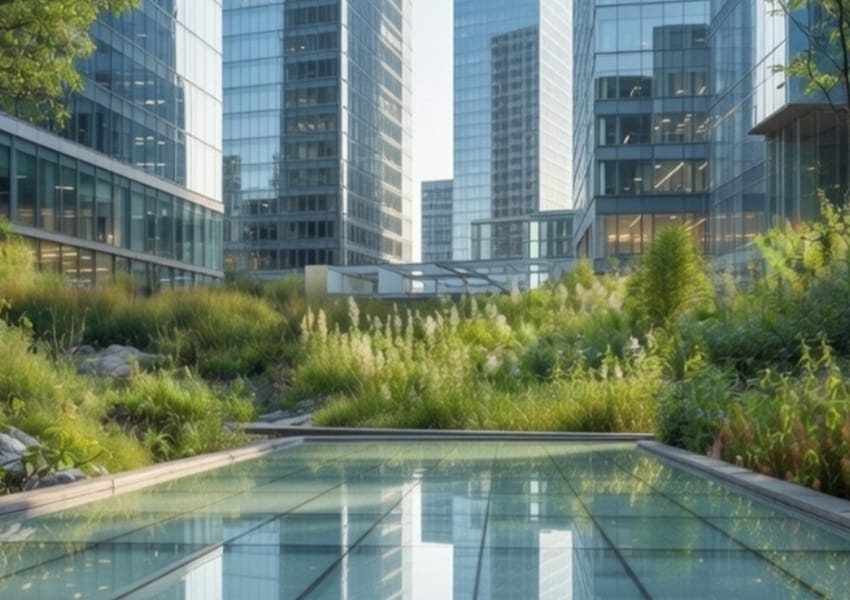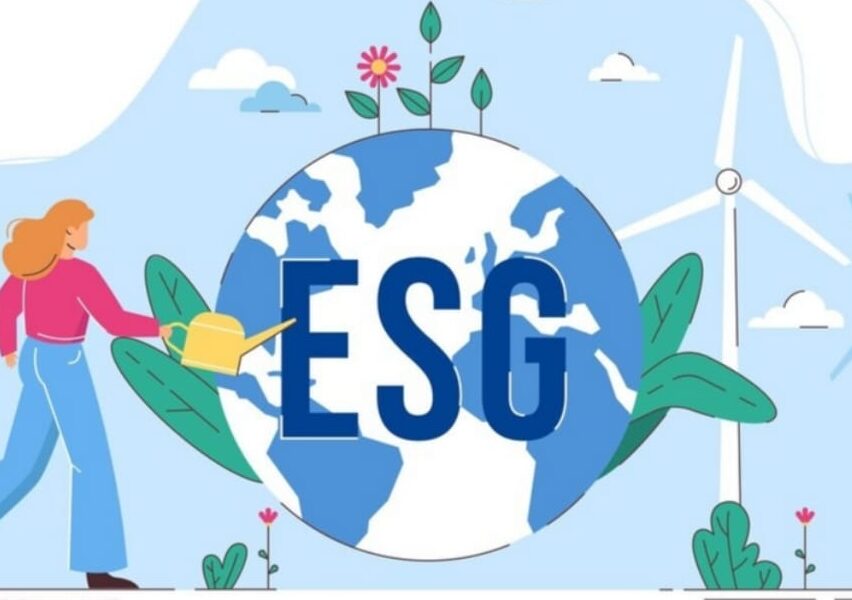Building a Greener Tomorrow: The Godrej & Boyce Sustainability Saga
Defining Sustainability
In the inspiring journey of Godrej & Boyce, sustainability serves as their guiding star. It’s deeply ingrained in their vision, aspiring to earn admiration for their commitment to sustainable practices. Over decades, environmental stewardship has remained a core value, clearly expressed in their communications.
For Godrej & Boyce, sustainability is part of their DNA. “Sustainability has to be something which coexists with nature; it cannot be at the cost of nature”, says Tejashree Joshi, General Manager and Head of Environmental Sustainability, Godrej & Boyce. Their proactive approach, pioneering spirit, and dedication to doing what’s right for business, society, and the environment make them a remarkable success story in the realm of sustainable corporate practices.
Pioneering Environmental Initiatives
Zero Ozone and Minimal Global Warming Potential: Godrej & Boyce led the way by introducing ozone-depleting substance-free refrigerators and air conditioners, aligning with the early adoption of the Montreal Protocol. They became a global pioneer in producing air conditioners with minimal ozone-depleting and global warming potential, setting standards for the Indian industry.
Green Building Movement: The company spearheaded the green building movement in India, creating the first platinum-rated green building in the country, the Green Business Centre in Hyderabad. Additionally, they established the first net-zero energy building in the country and partnered with the World Green Building Council to promote the net-zero concept across the Asia-Pacific region.
Circularity and Sustainable Design: Godrej & Boyce took steps towards circularity by utilizing construction and demolition waste as raw materials for building blocks in one of their Mumbai plants. This sustainable approach not only reduced waste but also encouraged creative thinking and innovation. Their product and service designs follow a comprehensive framework called “Design for Environment,” which assesses the lifecycle of products, identifying opportunities to minimize environmental impact across the value chain.
Resource Efficiency: Over the years, the company has achieved significant milestones, reducing specific energy usage by approximately 52% and specific water usage by around 60%. They have given back more water to nature through rainwater harvesting and recycling than they have withdrawn, with a strong focus on local communities. Hazardous waste has been reduced by over 51%, and non-hazardous waste is diverted from landfills through effective recycling and resource management programs.
Mangrove Conservation Impact: One of their flagship programs involves the conservation of mangrove forests in Vikhroli. Scientific studies reveal that these mangroves sequester approximately 11.5 lakh tonnes of carbon, providing invaluable ecosystem services to Mumbai. Their efforts underscore the significant impact of seemingly small initiatives, accumulating positive change over time.
Challenges
Transitioning from Top-Down to Inclusive Approach: Initially, the sustainability approach followed a top-down trajectory, but the challenge was to transform it into a business outcome. The shift required every function, from line managers to shop floor attendants, to actively participate. The key game-changer was people involvement, ensuring that they embraced the sustainability mindset. The challenge lay in onboarding individuals to the idea that even small actions could collectively lead to substantial positive outcomes across the company’s manufacturing footprint.
Supply Chain Alignment: An essential aspect was ensuring that the sustainability philosophy extended throughout the supply chain. This involved working with high-impact suppliers to align them with sustainability principles. An effective tool employed was the adoption of the Green Co process, guided by the Indian Green Building Council and the Centre for Excellence in Hyderabad. This systematic framework facilitated the onboarding of suppliers onto the sustainability journey, ensuring alignment with the company’s values.
Empowering People Towards Sustainability
Fostering a Culture of Sustainability: Recognizing that the best way to engage employees is by treating them as family units, the organization takes a family-centric approach. Starting with the youth, their schools are among the pioneers to receive green school certification. These schools also host nature clubs that immerse children in environmental and sustainability learning experiences, which they often carry forward by influencing their parents. The organization provides numerous avenues for employee engagement, from biodiversity conservation initiatives to celebrations of significant environmental days. They actively involve their employees in various events and activities, channelling their enthusiasm and interest towards sustainability.
Embracing Green Traditions: The organization integrates sustainability into traditional festivals, making conscious choices such as clay idol making for Ganesh Chaturthi and crafting eco-friendly lanterns for Diwali. They prioritize community engagement, ensuring that festivities do not disrupt the environment while minimizing water usage and waste. These small yet meaningful initiatives resonate with their commitment to responsible celebrations. Whether it’s Holi or other festivities, they seize every opportunity to celebrate sustainably and raise awareness among employees and the community about responsible practices.
Incorporating Voices of Vulnerable Communities and Empowering Women in Leadership
Recognizing the Impact on Children and Women: In the face of climate change, it is imperative to lend an ear to the voices of communities most vulnerable to its effects. Solutions cannot be one-size-fits-all; they must be tailored to the exact experiences of the most vulnerable segments. Climate change disproportionately affects children and women, primarily due to their roles in managing daily resources. Women’s responsibility for resource management, coupled with the environmental challenges they face, underscores the urgency of incorporating their perspectives.
Promoting Inclusivity in Social and Environmental Leadership: To address the unique challenges posed by climate change, it is crucial to amplify women’s voices in leadership roles, particularly in the social and environmental sectors. This inclusivity ensures a more comprehensive understanding of the issues at hand and the development of effective solutions. It is heartening to witness a growing number of women actively participating in senior management and decision-making capacities in both corporate and governmental spheres.
The engagement of these diverse voices, especially those of women, enriches the discourse surrounding climate change and sustainability, paving the way for more inclusive and effective solutions to the challenges ahead.




























































































































































































































































































































































































































































































































































































































































































































































































































































































































































































































































































































































































